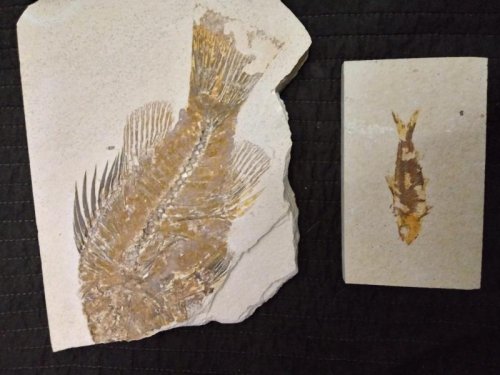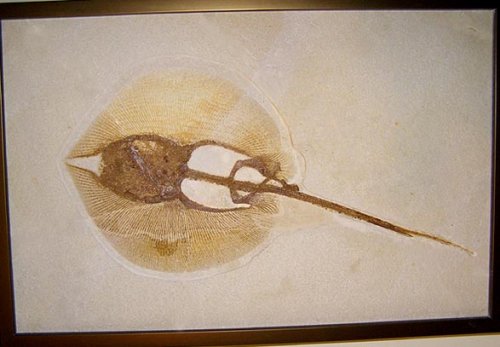Robby Raccoon
Trash Digger
Well, I dug up dozens of fossils while on vacation, but not only are the fossils highly fragile, but so are the rocks they are in. What can I coat them with that won't yellow, deteriorate them, or let them be in anyway damaged?
I have some Krylon Conservation sprays designed for artwork, but I don't know if that is a strong enough coating or will only work to save the surface? Should I use that and then coat them in a real acrylic, or is there another method?

Also, how do I free the fossils that are still covered by a thin layer of stone? Essentially, cleaning them up so that the fossil, not surrounding rock, is what is exposed?
I want to display them but am afraid that they will just fall apart.
I have some Krylon Conservation sprays designed for artwork, but I don't know if that is a strong enough coating or will only work to save the surface? Should I use that and then coat them in a real acrylic, or is there another method?

Also, how do I free the fossils that are still covered by a thin layer of stone? Essentially, cleaning them up so that the fossil, not surrounding rock, is what is exposed?
I want to display them but am afraid that they will just fall apart.

